Yellowstone and Grand Tetons
October 13, 2022

The grandeur of Yellowstone and Grand Teton national parks in late Summer.
- photography
- photo-story
San Diego Zoo
May 29, 2022

Animal and bird portraits taken in the San Diego Zoo.
- photography
- photo-story
Canyonlands
January 05, 2021

Dead Horse Point, Canyonlands, and Arches in the Winter.
- photography
- photo-story
Grand Canyon North Rim
October 25, 2020

Photographing the North Rim of Grand Canyon and other national parks around.
- photography
- photo-story
Lava and Lakes
August 15, 2020

Photographing lakes, geological features, and waterfalls in Lassen Volcanic National Park, California.
- photography
- photo-story
Lakes of Eastern Sierra Nevada
July 01, 2020

Photographing various lakes in the Eastern Sierra Nevada region in California.
- photography
- photo-story
Fall/Winter 2019 Photography
March 28, 2020

Photographing California and Oregon in Fall and Winter of 2019.
- photography
- photo-story
The Land of the Volcanoes
October 27, 2019

Photographing Lassen, Crater Lake, and Mt. Hood areas in northern California and Oregon.
- photography
- photo-story
Sequoia and Sierra
September 15, 2019

Photographing the Sequoia and Kings Canyon National Parks and Twin Lakes in California.
- photography
- photo-story
Bay ↔ SoCal
March 16, 2019

Spring 2019 was about photographing the Bay Area and roadtripping to Southern California.
- photography
- photo-story
Olympic
January 26, 2019

Photographing the diverse landscape of northwest Washington -- from rainforests to stormy coast -- in the winter.
- photography
- photo-story
Photographing California
January 05, 2019

The year 2018 was mostly about photographing the west coast states. Here's a review of what I captured.
- photography
- photo-story
Photographing Death Valley, Eastern Sierra, and Mono Lake
June 10, 2018

Dunes, mountains, a lake, and a river.
- photography
- photo-story
Minimal. Abstract. Geometric. Vibrant.
June 02, 2018

An experiment to create lively arrangements from simple geometric shapes.
- design
- photo-story
Spring/Summer 2017 Photography
November 05, 2017

From Chicago to San Francisco. A little bit of everything.
- photography
- photo-story
Harmony: A Generative Art Project
March 07, 2017
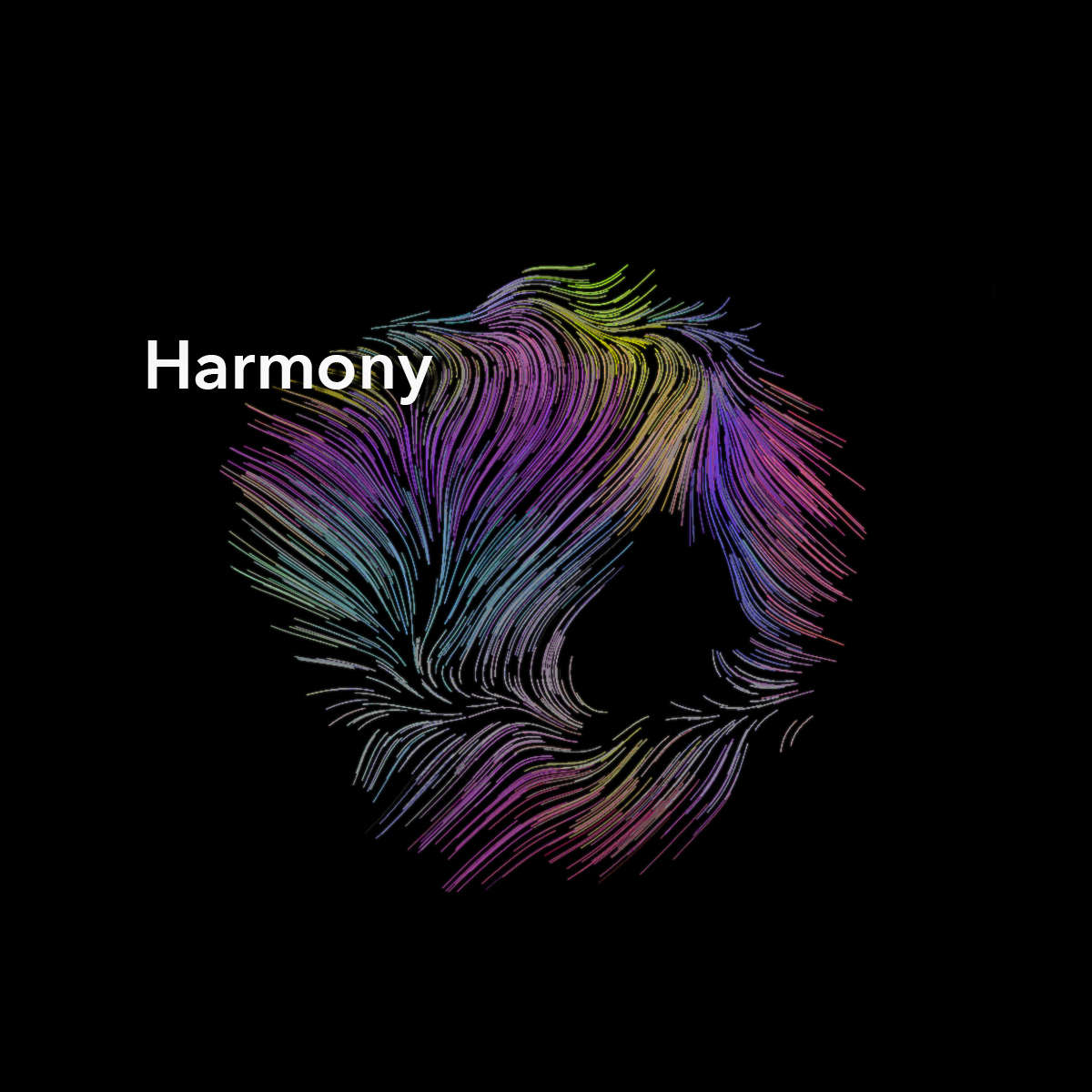
I have been fascinated with this simple concept – sometimes order can emerge from seemingly chaotic situations. An example is a bright idea forming in our mind from a mish-mash of random thoughts. I even made a small painting about this idea. But I wanted to do more. Then, by chance, I came across this book The Storm of Creativity by Kyna Leski. The author explores this idea that creativity is like a storm. It can start from a small atmospheric fluctuation. And she uses these pencil scribbles to represent a storm’s eye view. At around the same time, I came across the concept of Perlin noise and how it can be used to create mesmerizing patterns using particle systems. I made a series of drawings in Processing using Perlin noise to explore the idea of order emerging from chaos. I call this project Harmony. This blog post summarizes the idea and its implementation in Processing.
- design
A Photography Trip to Grand Canyon
January 28, 2017

Arches, canyons, waterfalls, and a lot of snow.
- photography
- photo-story
Introducing 400RGB: An Exploration of Color and Form
October 08, 2016
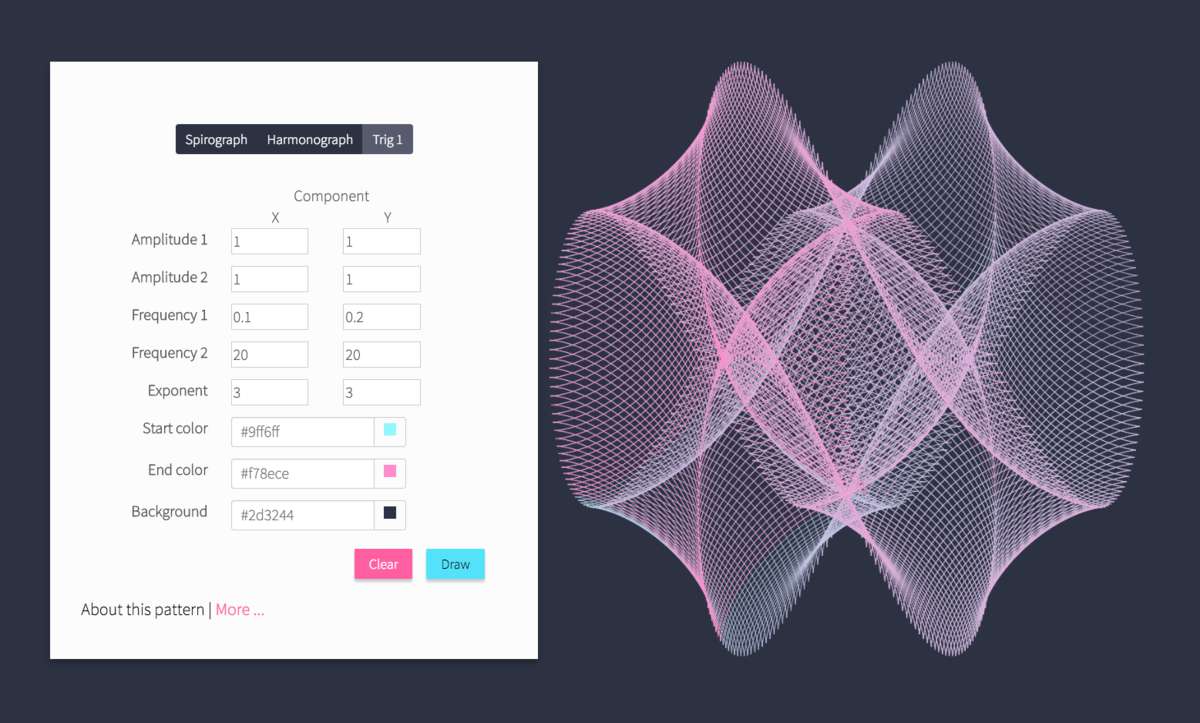
For some time I was thinking about working on a small piece, either digital or physical, that explores geometric shapes and vibrant colors. Recently the idea came together. I decided to use continuously varying colors and parametric curves - shapes that can be defined using math equations, to make some interesting patterns. To give this idea a structure, I decided to limit the number of colors and curves to 400. That’s how the 400RGB project started. This blog post summarizes the idea and its implementation in a web-app.
- design
- web-dev
Summer 2016 Photography
September 10, 2016

Exploring some new and some familiar places for landscape photography.
- photography
- photo-story
Landscapes Around Golden, CO
May 21, 2016

At the base of the Front Range, there is much to photograph.
- photography
- photo-story
Winter/Spring 2016 Photography
April 30, 2016

A few photographs from Colorado taken between Fall 2015 and Spring 2016.
- photography
- photo-story
Visual Identity Development for an Academic Student Group
January 26, 2016

The research lab I work at Mines has an informal name - The Beam Team. That’s because the group members spend substantial time each year at various synchrotron beam lines to carry out experimental work. Over the past year, I developed a visual identity for the group. This is a showcase of some of the branding and web elements.
- design
Moving Diffraction Patterns
January 21, 2016

These are abstract patterns inspired by high energy X-ray diffraction images. Here I present a short narrative of how I developed these over the past six months.
- design
- photo-story
San Francisco in Six Photographs
January 07, 2016

Pphotographs I took during a short trip to San Francisco last year.
- photography
- photo-story
Landscape Photography in the Southwest: Part III- Arizona and Southwestern Utah
January 01, 2016

Photographing the landmarks in Zion National Park, Bryce Canyon and Page, AZ area.
- photography
- photo-story
Mildly Interesting Few Hours Spent Tracing My Academic Genealogy
December 23, 2015
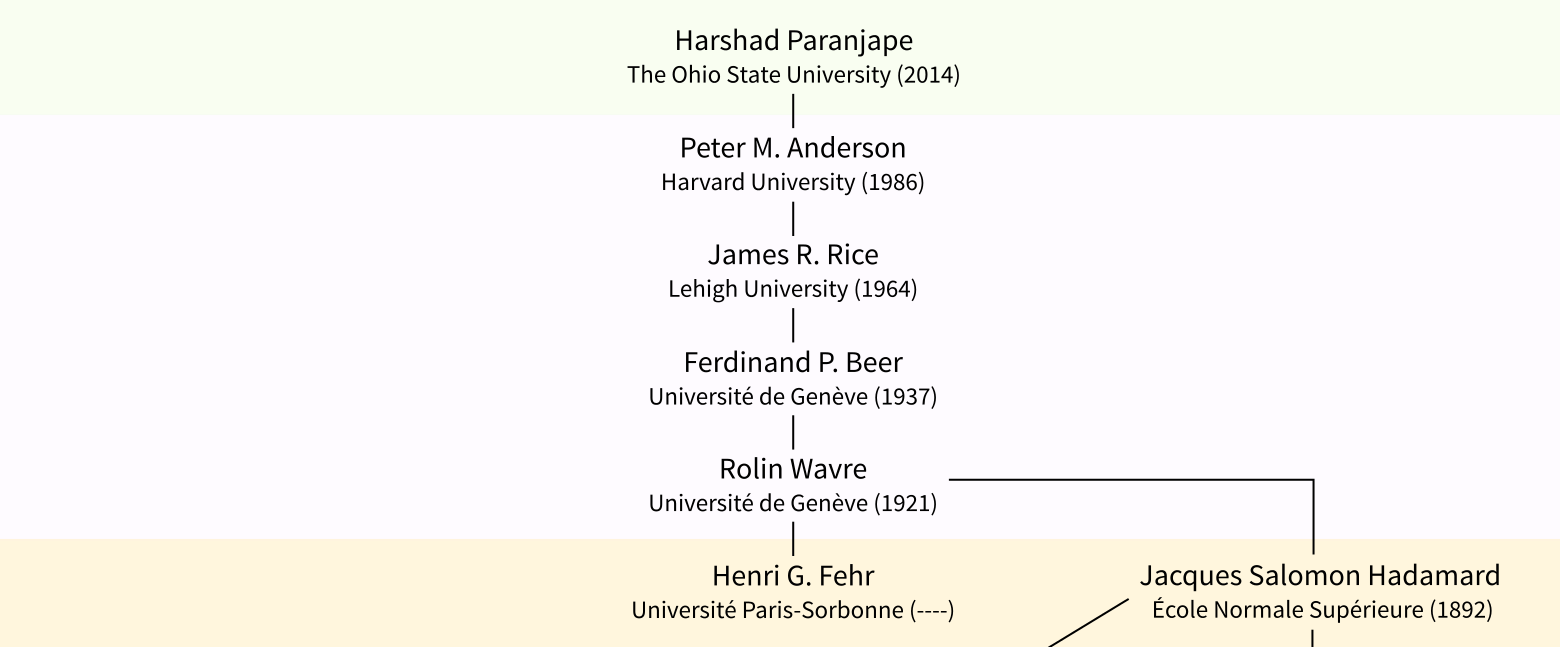
The research lab I work at has a poster showing the academic family tree of my mentor. I was inspired in part by that to investigate my own academic genealogy. And here is the result of a couple of hours spent online trying to trace my academic genealogy. I have skipped a few generations past the 18th century and shown certain famous names because before 18th century, the distinction between Ph.D. advisors, mentors and “influencers” in general was rather diffuse. The scientific tradition eventually traces back to Constantinople in the 11th century. One could argue that the distinction between science, philosophy and theology was rather vague in the medieval era. And so, in principal, the academic tree can be traced back to the various monasteries of Europe. However I have not followed that path. Much of the data here is courtesy of the Academic Tree project and the Math Genealogy project.
- miscellaneous
I Got Familiar with Modern Web development and Designed Four Web-apps Along the Way
December 17, 2015

This year I spent considerable time getting familiar with the recent trends in web development. I was motivated to learn web development because, a web-app is very easily accessible to a wide range of audience. So your ideas when presented on the web can reach more people compared to e.g. through a Matlab based demo. Based on my experience, here are four tips that can make learning web development easier.
- design
- web-dev
Landscape Photography in the Southwest: Part II- Utah and Wyoming
November 21, 2015

A roundup of interesting places I found photographing in the Canyonlands, Arches and the Tetons.
- photography
- photo-story
Landscape Photography in the Southwest: Part I- Colorado
October 21, 2015

A roundup of interesting places I found photographing in the Rocky Mountain National Park and other places in Colorado.
- photography
- photo-story
Processing GE2 Diffraction Images using ImageMagick
August 31, 2015
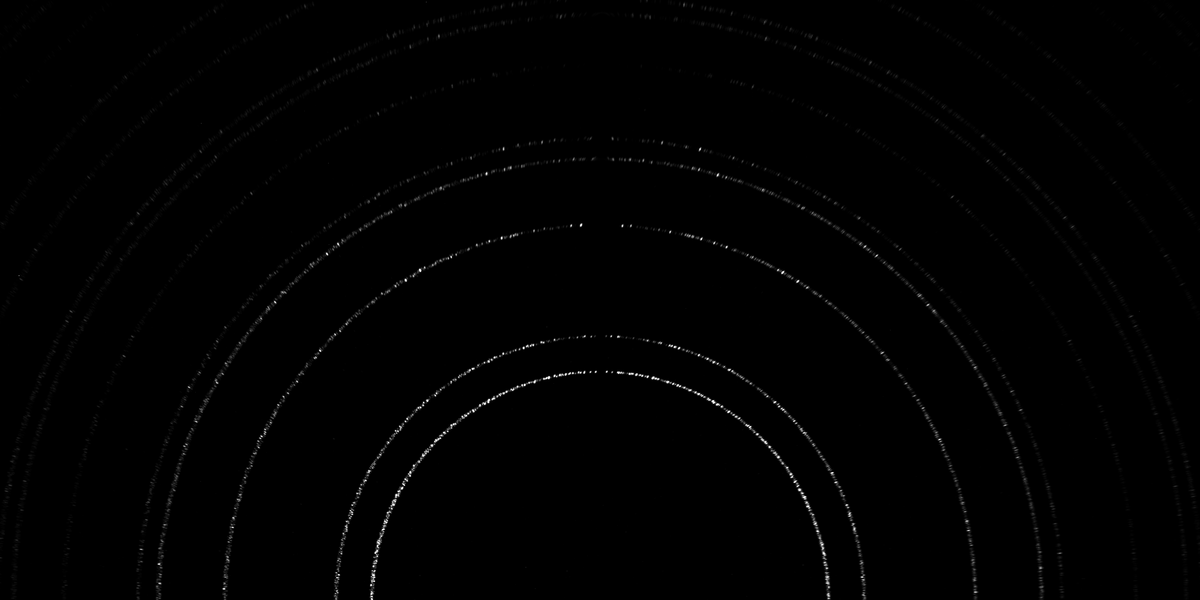
Amorphous Si area detectors manufactured by GE are currently used at APS and CHESS to acquire far-field high-energy X-ray diffraction data. The data from such detectors is stored in multi-frame, 16-bit depth binary images with 8192 bytes of header data. The data files typically have an extension .ge2. Since ImageMagick is able to deal with raw binary images like any other image format, it is possible to easily manipulate ge2 files using the convert command-line utility. I have written a gist that shows some simple ways of processing GE2 images using ImageMagick.
- science
- how-to
An Easy Preloader GIF Making Workflow in Inkscape and Imagemagick
August 08, 2015
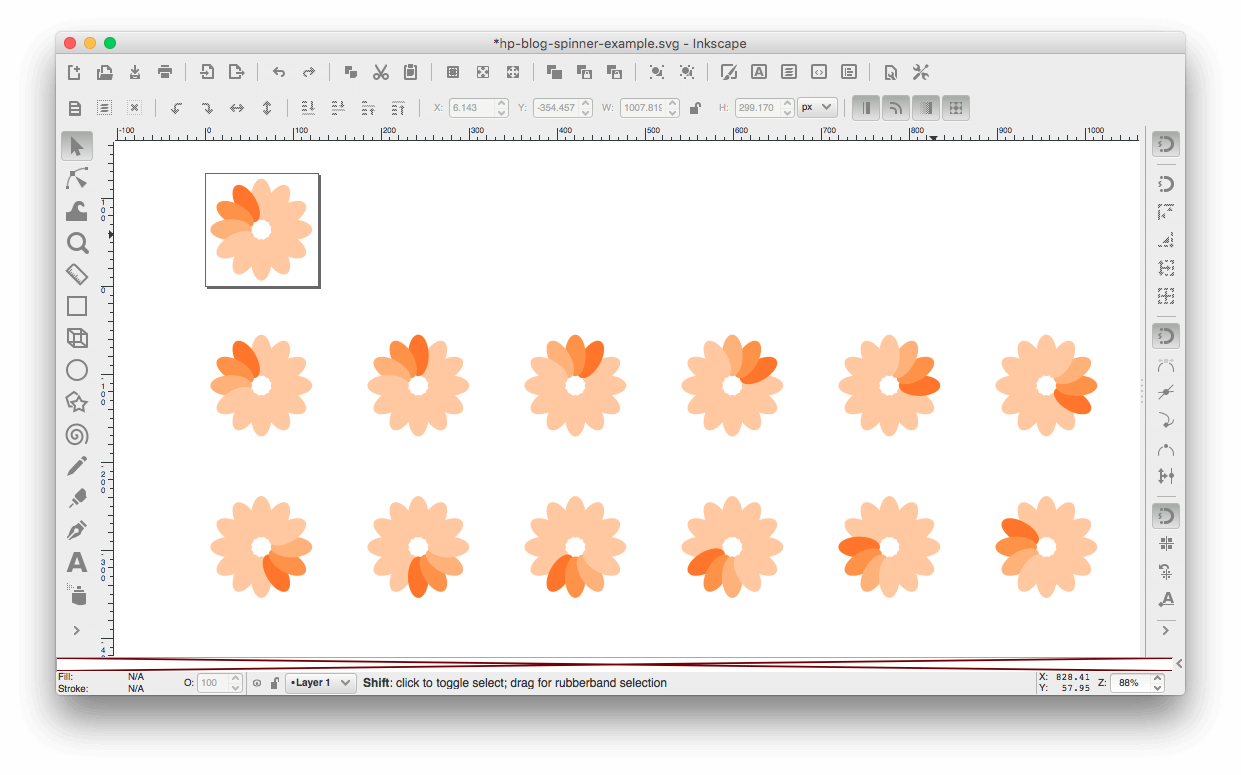
Preloaders are animated images shown on a webpage while the main content is loading. The animation gives the viewer a sense that some process is happening in the background and fetching the data that they wish to see. There are several ways of showing such an animation - CSS3, animated GIFs, Flash. This tutorial shows a relatively simple method of creating animated preloader GIFs using two popular open source softwares - Inkscape and Imagemagick.
- design
- how-to

